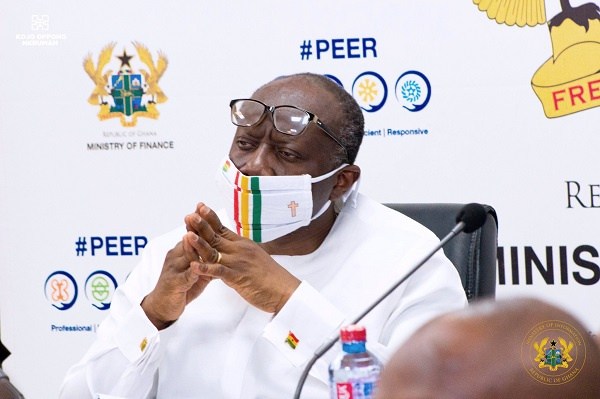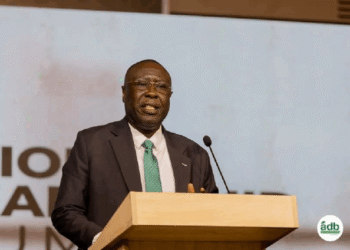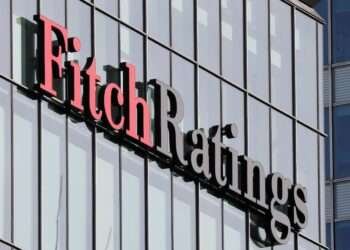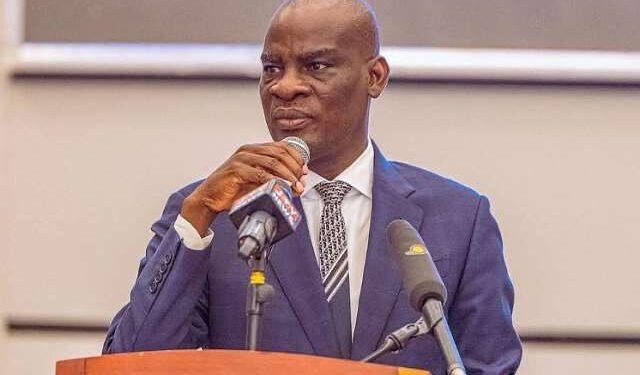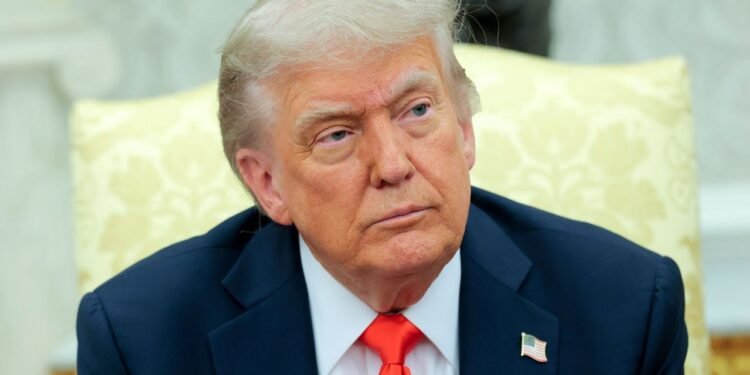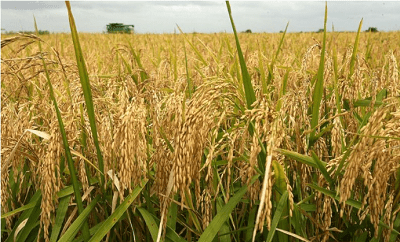The Ministry of Finance has clarified that Ghana still maintains its lower-middle-income status, and has not been downgraded to low-income economy, as per the World Bank and UN classifications.
The statement sought to rebut and put into a clearer perspective the essence of the IMF’s Fiscal Monitor. The Fiscal monitor does not include classifying countries by income level, rather it analyses and updates public finances of countries as well as their medium-term projections, the statement said.
“The IMF Fiscal Monitor does not aspire at classifying countries by income level. Instead, it analyses the latest public finance developments, updates medium-term fiscal projections, and assesses policies to put public finances on a sustainable footing.”
Furthermore, the press statement indicated that “the groupings of economies presented in the Fiscal Monitor’s Methodological and Statistical Appendix serve an analytical purpose only.
“In this appendix, Ghana is conveniently categorized as a “Low-Income Developing Country (LIDC)”, like other Lower-Middle Income Economies such as Côte d’Ivoire, Kenya, Nigeria and others.”
These explanations were given by the Ministry, in a press statement released today, April 14, 2021.
According to the statement, the position of Ghana prior to the IMF’s update of the Fiscal Monitor this month did not change and as such does not warrant a downgrade.
Government’s efforts to accelerate economic growth
Moreover, the statement highlighted the huge stimulus of GHS100 billion Ghana CARES Obaatanpa programme that the government rolled out to accelerate the economy’s recovery post-covid.
It also noted the country’s projected growth of 5% and the forecast decline of deficit below 5% in 2024 as part of the robust outlook of the economy.
“Government has put in measures including the GHS100 billion Ghana CARES Obaatanpa programme that will provide the fiscal stimulus to drive growth and economic transformation post Covid-19 pandemic.
“Ghana is projected to maintain a positive economic growth of 0.9% in 2020, representing one of the few “pockets of resilience” on the continent. In 2021 and over the medium term, the Government expects GDP growth to average 5% and the deficit to decline to under 5% by 2024.”
World Bank’s classification
The World Bank classifies countries into four groupings namely; high-income economies, upper-middle income economies, lower-middle income economies and low-income economies.
These classifications are based on the Gross National Income (GNI) per capita of countries that are calculated by the Bank using the World Bank Atlas method
Thus, these classifications are different from those of the IMF’s Fiscal Monitor as rightly highlighted by the ministry.
Per the World Bank’s 2021 classifications, low-income economies are defined as those with GNI per capita of $1,035 or less in 2019; lower-middle-income economies are those with a GNI per capita between $1,036 and $4,045; upper-middle-income economies are those with a GNI per capita between $4,046 and $12,535; high-income economies are those with GNI per capita of $12,536 or more.
Against this backdrop, countries are either upgraded or downgraded upon changes in their GNI per capita. And as it stands now, Ghana still maintains its status as a lower-middle-income economy.
READ ALSO: Inflation relatively stable at 10.3% in March 2021



